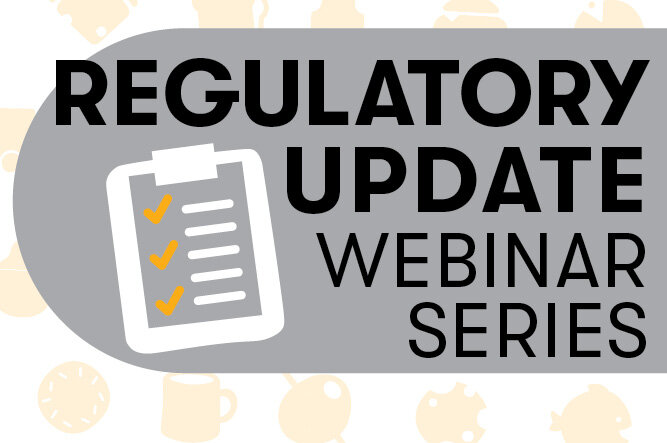The FDA’s new draft guidance for evaluating food allergens and other major allergens was explored by Jeni Lamb Rogers, supply chain associate general counsel at Branded and Colorado State committee member at the USDA Farm Service Agency, during SFA's Regulatory Update webinar last week titled Evolving Frameworks for Food Allergen Regulation.
Although not yet finalized, the draft guidance outlines how the FDA may consider the public health importance of an additional 160+ food allergens.
The U.S.’ “big 8” list of allergens was compared to those of the European Union and Canada, which are much more robust, and include sesame, gluten, sulfites, and more. This introduced how the FDA understands food allergies as compared to other developed countries, and how additional allergens can be added, the latter concept being the central theme of the FDA’s draft guidance document.
“What this guidance document does is it walks through what data should be submitted if you want the FDA to consider a citizen petition to add a food allergen,” said Rogers.
Food allergens are broken out into Immunoglobulin E mediated food allergies, non-Ig-E mediated mechanisms like Celiac disease, mixed immune mechanisms, and cell-mediated mechanisms, as well as “adverse reactions” that are not related to the immune system (like lactose intolerance). Each allergy type was covered in-depth, including how they affect the body.
The four factors that FDA uses to evaluate a citizen petition are:
1. Evidence
2. Prevalence
3. Severity
4. Allergic potency
The four factors focus heavily on empirical data, which comes in the form of clinical evidence, self-reported data and questionnaires, community reports, and more. “When you review the guidance, it’s very clear that it will be difficult to list new allergens due to the need for significant data if the draft guidance framework is put into effect,” noted Rogers.
Rogers encouraged specialty food makers to think about how they label their products, and what their policies are toward allergens. If they do not align with the FDA, it is encouraged to submit comments to the organization before the guidance goes into effect.
The importance of the topic was underscored: class 1 and 2 recalls due to the contamination or inconsistent report of verified allergens can have disastrous effects, and food makers, restaurants, and retailers alike can carry its burden. An FDA 2020 Warning Letter to Whole Foods detailed the companies' pattern of food-allergen labeling non-compliance and its improper product screening methods, explained Rogers. This letter highlighted the fact that everyone carries the burden of food safety.
To learn more about how the draft guidance can impact specialty food businesses, watch the webinar on demand in SFA’s Learning Center.
Related: The 2023 Farm Bill: What Specialty Makers Should Know; Why They Matter: Regulations, Certifications, and Licenses

